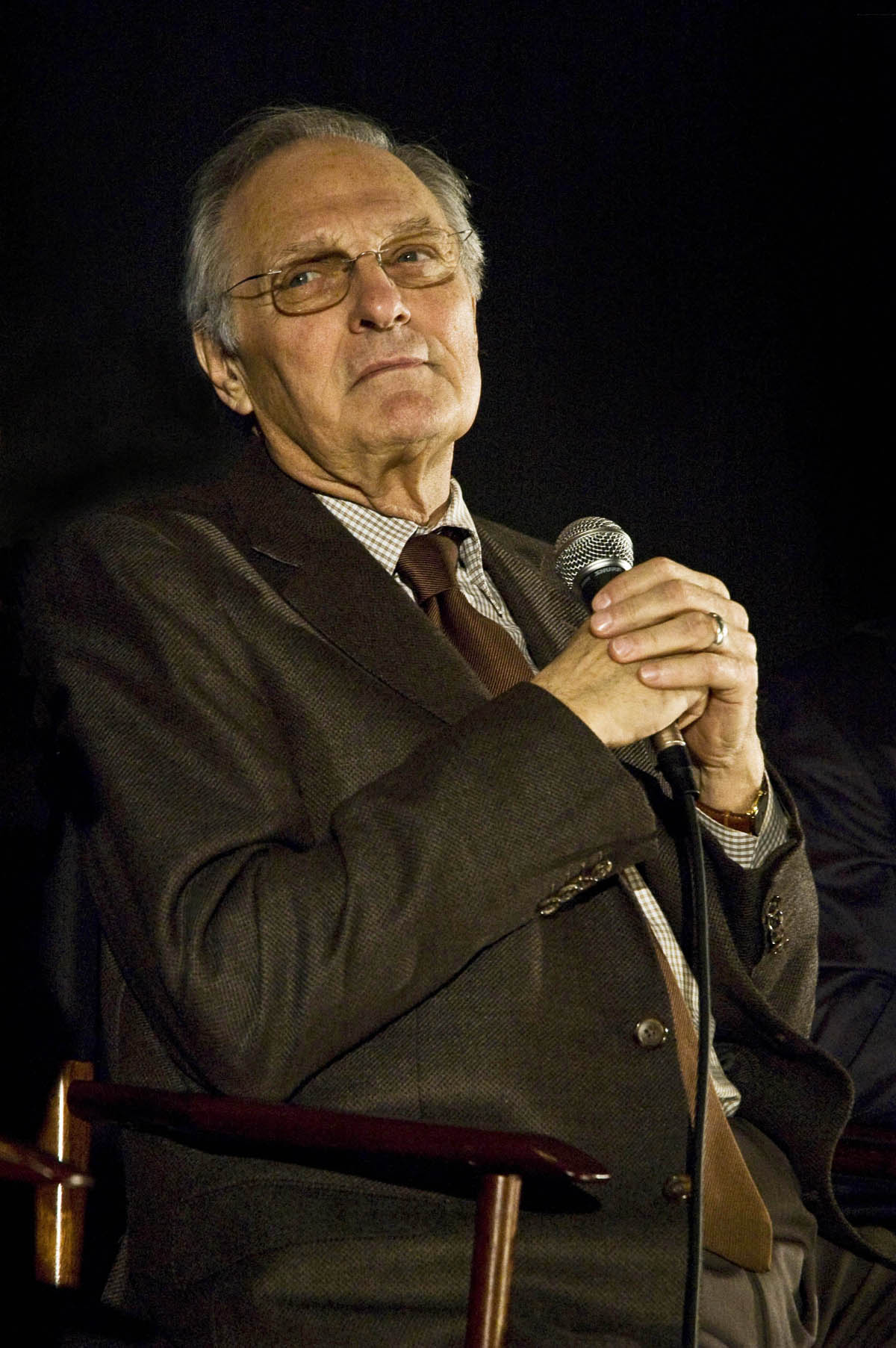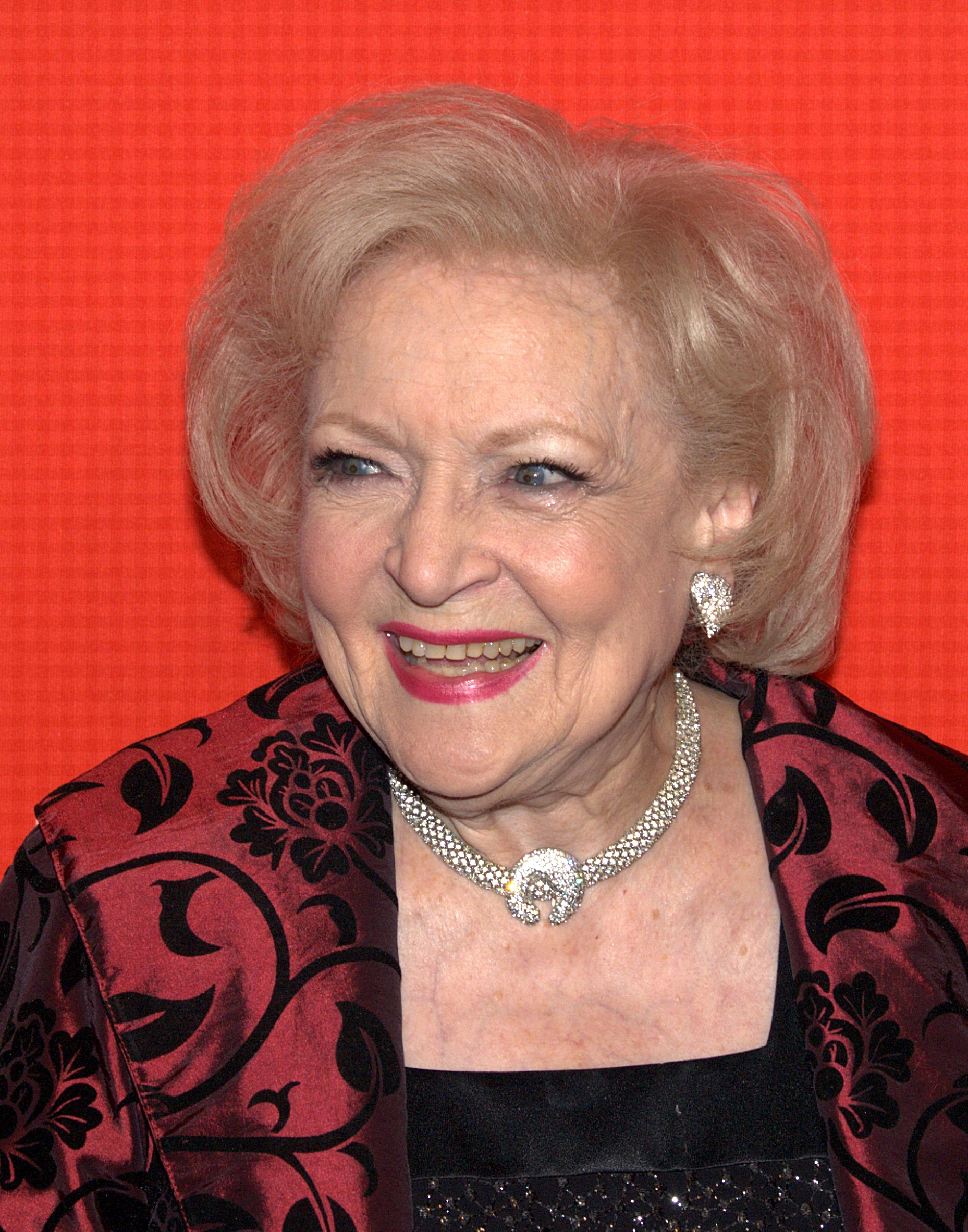
Ever found yourself happily binging a classic TV show from your childhood, perhaps *The Brady Bunch* or *Full House*, and paused to wonder if the actors are still getting paid for your nostalgic viewing? You’re not alone! In this modern streaming era, the beauty of television is that almost anything you watch once will eventually be available to watch again and again, whether on traditional networks or cutting-edge streaming services. This endless cycle of reruns often brings with it the promise of ongoing income for the stars who brought these characters to life.
But here’s where it gets wild: while some actors are absolutely raking in the dough, enjoying a lavish stream of passive income that can sometimes dwarf their original paychecks, others find themselves receiving shockingly meager amounts – or even nothing at all! It really is a fascinating, sometimes frustrating, game of contracts, syndication, and sheer luck. Residuals, as these payments are known in the industry, aren’t a guaranteed lottery win; they’re a complex beast determined by everything from union rules to savvy negotiations.
So, buckle up, because we’re about to take an exhilarating journey through the financial landscapes of some of television’s most memorable faces and shows. We’re talking about the iconic series that have defined generations and the actors whose lives were forever changed—or perhaps surprisingly, not so changed—by their enduring popularity. Prepare to be amazed, amused, and maybe a little bit shocked by just how much (or how little) these stars continue to earn from the shows we simply can’t stop watching.

1. The Brady Bunch Cast
It’s truly hard to fathom that *The Brady Bunch*, a show so ingrained in pop culture that references continue more than four decades after its conclusion, only graced our screens for five seasons, ending in March of 1974. This iconic series feels like it was on forever, shaping our collective idea of the perfect blended family, replete with groovy outfits and life lessons neatly tied up in 30 minutes. You’d naturally assume that its stars, like Maureen McCormick, would be rolling in dough from its seemingly endless reruns.
However, in a genuinely surprising twist of fate, the beloved cast members of *The Brady Bunch* make absolutely zero dollars a year from royalties! This jaw-dropping reality is a result of what’s described as a “sneaky contract.” Imagine pouring your heart and soul into a show that becomes a cultural phenomenon, only to find out your ongoing earnings are essentially nonexistent unless very specific conditions are met.
The only way the stars of this beloved sitcom actually see any money from their enduring work is if actual clips from the show are licensed and used in other productions. This means that while *The Brady Bunch* continues to air, stream, and charm new generations, the actors themselves don’t benefit financially from the constant rebroadcasts. It’s a stark reminder that legacy and lasting popularity don’t always translate directly into a perpetually padded bank account for every single person involved.

2. The Honeymooners Cast
Just like *The Brady Bunch*, *The Honeymooners* is another prime example of a show with a lasting legacy that far, far outstrips its relatively minor original run. This classic 1950s sitcom aired for just a single, 39-episode season, but its impact on television comedy is immeasurable. The cast, including legends like Jackie Gleason and Art Carney, were originally paid a handsome sum of around $70,000 each per episode back in the day, a significant figure for that era.
Praised for its honest and often hilarious depiction of blue-collar American living, *The Honeymooners* continues to captivate and entertain viewers well into the 21st century. Its timeless humor and relatable characters have ensured its place in television history, with new audiences discovering the antics of Ralph, Alice, Ed, and Trixie all the time. The show’s enduring appeal might lead one to believe that its stars would be earning a steady stream of income from its persistent reruns.
But here’s the ironic kicker for a show lauded for its portrayal of middle-class struggles: most of its stars don’t receive a single dime for residuals today. It’s rumored that only Audrey Meadows, who played Alice Kramden, managed to escape the tricky contract terms that conned stars like Jackie Gleason and Art Carney out of their rerun earnings. It’s another poignant illustration of how early TV contracts often left actors vulnerable, long before the industry fully grasped the immense future value of syndication.

3. The Punky Brewster Cast
Now, let’s talk about the nuances of residuals, because it’s not always an all-or-nothing situation, though sometimes the “something” is so tiny it barely registers. Residuals usually operate in a very specific way: it’s not a random scale, but often more like a fixed rate with planned decreases over time. This means that each subsequent rerun typically results in a smaller paycheck for the stars. Take Soleil Moon Frye, the iconic star of *Punky Brewster*, and her co-stars for instance.
*Punky Brewster*, a charming sitcom that originally aired in the mid-80s, has been rerunning for literally decades, finding new homes on various channels and platforms over the years. While the show certainly has a dedicated fan base and holds a special place in the hearts of those who grew up watching it, the financial reality for its cast from these continued airings is quite sobering.
It’s estimated that Frye and her fellow cast members earn somewhere between a modest $1 and $2 annually from *Punky Brewster* reruns. The system dictates that the first rerun pays the most, with the amount dropping by about 40% for the second, and so on. After so many years and countless reruns, these payments dwindle to almost symbolic figures, showing how the diminishing returns formula can result in laughably small checks for shows with extensive syndication.

4. Drake (Degrassi)
It can often be a real challenge to get actors to open up about their personal finances, especially when there’s any hint that they might be struggling or receiving surprisingly low payouts. However, the rise of social media has undeniably changed the game, allowing plenty of celebrities to become far more open and transparent about various aspects of their lives, including their paychecks.
In a moment that perfectly encapsulates this new era of celebrity transparency, social media became the unlikely bearer of news regarding residual checks for at least one former *Degrassi* cast member from back in the ’90s. We’re talking about none other than Drake, the global music superstar who, before dominating the charts, was known to fans as an actor on the popular Canadian teen drama, *Degrassi: The Next Generation*.
Back in 2017, Drake shared a snap on Instagram of a residual check he received, totaling a mere $8.25. He even captioned it with a touch of sarcasm, saying, “Degrassi money still coming in don’t sleep…” This viral post offered a fascinating, albeit minuscule, glimpse into the kind of royalty payments that can still trickle in decades after a show’s initial run, especially for roles from an actor’s earlier career. It really highlights the vast difference between an actor’s initial fame and their enduring financial rewards from those early projects.

5. Bob Saget (Full House)
Moving up the ladder from those incredibly modest sums, we find actors who receive somewhat more substantial, yet still far from lavish, residual checks. Take Bob Saget, for example, the beloved star of *Full House*. While his character, Danny Tanner, was portrayed as a caring, mild-mannered, and respectful family man, Saget’s real-life personality as a stand-up comedian was famously far from it. Yet, he always took immense pride in his family-friendly sitcom, embracing its legacy despite his more vulgar comedic persona.
Saget never shied away from questions about his residuals from *Full House*, offering a candid perspective on the financial reality for many actors on successful, long-running shows. Back in 2010, the actor and comedian openly stated that he made anywhere from $2 to $2,000 a year from *Full House* reruns. This range, he explained, was pretty typical for shows of this nature and popularity.
He further elaborated that such amounts are common “unless you’re an executive producer or a creator” of the show. This crucial distinction highlights how financial participation and ownership stakes can dramatically alter residual earnings, setting a ceiling for actors who are primarily performers rather than stakeholders in the show’s intellectual property. For Saget, it was a nice, steady bonus, but certainly not a path to retirement on its own.

6. The Will & Grace Cast – $25,000
Now, let’s talk about shows that found a whole new lease on life, offering their stars a fresh wave of residuals. *Will & Grace*, NBC’s groundbreaking comedy, is a perfect illustration of a syndicated TV sitcom that received a magnificent second act in the late 2010s. This beloved series enjoyed a new surge of popularity that remarkably rivaled the viewing numbers it was earning during its original, highly acclaimed run. It’s not every day a show comes back with such gusto!
This incredible resurgence didn’t just bring joy to fans; it also brought a significant boost to the bank accounts of its leading stars. For the updated version of the show, Debra Messing, Sean Hayes, Eric McCormack, and Megan Mullally, each highly recognized for their iconic roles, negotiated an impressive $25,000 per episode in future royalties specifically for these new episodes.
These newly negotiated residuals, combined with the ongoing payments from the original run, have undoubtedly provided a substantial financial lift for the *Will & Grace* cast members. It’s a fantastic example of how a successful revival can reignite a show’s financial engine, proving that sometimes, lightning truly can strike twice in the world of television reruns and actor earnings.
Read more about: Dodgy Drives and Mechanical Mayhem: 14 Japanese Cars You Absolutely Should Not Buy, According to an Automotive Expert

7. David Caruso (CSI: Miami) – $100,000
Moving into the realm of six-figure annual payouts, we encounter another intriguing case with David Caruso from *CSI: Miami*. This spinoff of CBS’s massively successful police procedural *CSI* managed to carve out its own distinct identity, becoming even more popular with some fans than the original. With David Caruso at the helm, famously delivering one-liner after one-liner as the head of a team of crime scene investigators, the hour-long drama proved to have an amazing, enduring shelf life.
Given the show’s widespread popularity and the fact that reruns are almost always available on some platform, you might logically assume that Caruso and the rest of the cast would be absolutely raking in millions each year from residuals alone. It aired for years, garnered a massive audience, and remains a go-to for many crime drama enthusiasts. The constant presence of the show would surely translate to a hefty sum, right?
Strangely enough, that isn’t quite the case. According to various reports, David Caruso, despite being the lead and a prominent face of such a successful and long-running series, only makes around $100,000 annually for the show. Considering some of the staggering amounts other actors on this list command, this figure for a lead on such a huge hit seems surprisingly modest. It definitely makes you wonder if “someone needed a better agent when this contract was signed,” as the context playfully suggests.
Now, buckle up, because we’re about to shift gears from the surprising lows and modest highs to the truly astronomical figures in the world of TV residuals. This is where shows become legends, and contracts turn into multi-million dollar fortunes, proving that sometimes, a starring role on a classic series is literally the gift that keeps on giving!

8. Roseanne Barr (Roseanne) – $1 Million
It’s a tale as old as time, or at least as old as Hollywood: a star finds massive success, but then their public persona takes an unexpected turn. Roseanne Barr, the creative force and titular star behind the iconic sitcom *Roseanne*, certainly knows this story well. Before she found herself embroiled in “controversial comments on a whole slew of hot-button issues,” her show was a money-making machine, bringing in “a whole stack of dough” for both her and ABC.
And boy, was it a stack! Thanks to reruns airing across a multitude of networks, Barr was pulling in an astonishing “upwards of $1 million in a good year” purely from royalties. Imagine getting a million bucks just for your show continuing to entertain audiences! That’s some serious cash flow that makes the early struggles of many actors seem like a distant memory.
However, the world of residuals isn’t just about successful contracts; it’s also about ongoing relevance and public perception. Her “problematic opinions and flair for insults” ultimately led to a significant downturn in her financial fortunes. Many networks made the tough decision to “pull all reruns of her show,” effectively cutting off a major artery of her passive income.
While some streaming services still offer *Roseanne*, the widespread cancellation meant her royalty income “bottom[ed] out.” It’s a stark, real-world example of how an actor’s off-screen actions can dramatically impact their long-term financial stability, even when their work has achieved legendary status. The subsequent spinoff, *The Conners*, has enjoyed “moderate success,” but the original run’s lucrative residual stream has certainly changed.

9. Alan Alda (M*A*S*H) – $1 Million
Stepping onto the stage of television history, we arrive at *M*A*S*H*, a show that transcended its genre to become a true cultural phenomenon. This 1970s television adaptation of the Robert Altman movie offered a poignant and often hilarious look into the lives of an Army hospital during the Korean War. When its final episode aired, it wasn’t just another show ending; it was “nothing short of a nationwide event,” captivating audiences across America with its revolutionary satire.
What truly sets *M*A*S*H* apart, besides its groundbreaking storytelling, was the sheer scale of the financial rewards it brought to its stars. For lead actor Alan Alda and his fellow cast members, the annual residuals checks were nothing short of revolutionary themselves, clocking in at an incredible “$1 million” each year. In an era when television was still considered “a budding medium,” these numbers were simply unprecedented.
Think about that for a second: “No one had ever seen numbers like that paid for reruns back when TV was still a budding medium that still aired on black and white TVs in many homes.” This wasn’t just a good paycheck; it was a game-changer, demonstrating the immense, untapped financial potential of a show with lasting appeal, well beyond its initial broadcast.
The fact that *M*A*S*H* could generate such massive passive income at a time when TV itself was still evolving speaks volumes about its enduring quality and the cleverness of its original contracts. It set a new benchmark for what actors could expect from their work long after the cameras stopped rolling, influencing future negotiations and solidifying the concept of television as a highly profitable long-term asset.

10. Betty White (The Golden Girls) – $3 Million
Oh, Betty White! The queen of comedy, who enjoyed an incredible “renaissance in popularity throughout the early part of the 2010s” thanks to her appearance in *The Proposal*. It’s safe to say that by the time her later years rolled around, “working doesn’t really matter to her bank account,” and we can totally understand why!
Her financial security was nicely “padding things out” with the ongoing reruns of the beloved sitcom *The Golden Girls*. This show, a timeless classic about four older women sharing a home in Miami, continues to charm new generations and old fans alike, proving that genuine humor never ages.
As the “last surviving Golden Girl,” it’s a bittersweet reality that the status of residuals for her former co-stars remains unknown. But for White, the picture was crystal clear: she was enjoying a whopping “$3 million check each year” as the sitcom continued to grace television and streaming services. Now *that* is what you call a truly golden retirement plan!

11. David Hasselhoff (Baywatch) – $4 Million
When you hear “slow-motion running on the beach,” one show immediately springs to mind: *Baywatch*. This infamous TV series, with its iconic imagery, has surprisingly continued to “rake in the rerun dollars nearly two decades later,” even though it might feel like it “outlived the series itself.” What some might mistakenly peg as a ’70s relic was, in fact, an “all-out 90s thing” and a definitive summer nostalgia trip.
And who was at the heart of all that slow-motion action? None other than David Hasselhoff, the lead actor who seems to be enjoying “never-ending popularity as a meme model.” His enduring presence in pop culture is perhaps only rivaled by his impressive annual earnings from the show.
According to reports, “The Hoff” still “brings in about $4 million” from *Baywatch* annually. Four million dollars from a show that ended years ago? Talk about making a splash! It’s a testament to the show’s global appeal and consistent syndication that its star is still living a truly lavish life, all thanks to those sun-soaked reruns.
Now, if you’re like us, you might be wondering about the other iconic *Baywatch* star. “How much for Pamela Anderson?” Well, that number, dear readers, “remains a mystery.” Some secrets are just too good to share!

12. Ted Danson (Cheers) – $5 Million
Before the term “Peak TV” even existed, the 1980s were a golden era, a true “paradise for countless iconic sitcoms” that we still adore today. And among the most cherished and enduring of that fantastic bunch was the NBC sitcom *Cheers*. Decades later, it’s still pulling in millions of fans who are “singing its praises and tuning in for some streaming,” proving its timeless charm.
At the heart of this beloved establishment, where everybody knows your name, was the show’s main character, Sam Malone, played by the perpetually charismatic Ted Danson. Danson, who has continued to grace our screens in fantastic shows like *The Good Place* since his time behind the bar, clearly knows a thing or two about making a lasting impression.
But beyond his ongoing career, it’s the success of *Cheers* alone that truly ensures Danson’s financial comfort. Thanks to its incredible longevity and syndication deals, he “rakes in $5 million annually” from the show. That’s a serious amount of beer money, proving that sometimes, staying put in one place (or, you know, one highly popular sitcom) can pay off handsomely in the long run!

13. Desi Arnaz and Lucille Ball (I Love Lucy) – $7.5 Million
Prepare for a story that combines groundbreaking television with a fascinating financial twist! *I Love Lucy*, a show that only aired for “just six seasons,” managed to create “a lasting impact that far exceeded its middling run.” It truly helped “the nation — possibly even the world — see just how popular TV shows could be,” setting a benchmark for future sitcoms.
The dynamic duo at the center of this comedic masterpiece was Desi Arnaz, who played Lucille Ball’s on-screen husband, Ricky Ricardo. In a wonderful blend of fiction and reality, Arnaz was also “really married to Lucille Ball at the time.” However, their real-life romance, much like some of Lucy’s schemes, came to an end with their divorce in 1960.
This real-world separation meant they had to figure out a way to “split their residuals evenly,” a truly unique situation for such a massively successful show. And split them they did, right up “until the rights were sold in 2018,” with the pair earning an incredible “$7.5 million apiece each year!” That’s a combined $15 million annually from a show that aired its last original episode in 1957. Talk about staying power!
But here’s another interesting layer to this iconic show’s financial legacy: once creators and stars pass away, the money doesn’t just disappear. The context reveals that *I Love Lucy*, which has been off the air since 1957 but still airs reruns, now sees “TV executives from the channels the show plays on make the money.” The show “reportedly earns $20 million per year” in total. This really underscores the enduring value of television properties, even decades after their original run, and how ownership structures can dictate who ultimately benefits from that timeless popularity.
14. Jaleel White (Family Matters) – $10 Million
Sometimes, a show can take a while to find its footing, or even generate a bit of “hate-watching,” yet still go on to become an absolute powerhouse. *Family Matters* is a prime example of this phenomenon, proving that “even shows that plenty of people are quick to criticize at the time can go on to build an impressive audience and make quite a hefty sum.” Who knew that even a little bit of playful scorn could result in a huge payday for stars?
The show, a delightful “spinoff of the series *Perfect Strangers*,” introduced us to the unforgettable Steve Urkel, played with iconic flair by Jaleel White. Urkel, and other key cast members, have gone on to achieve something truly remarkable: “make millions off the reruns alone.” That’s the kind of passive income that dreams are made of, turning a beloved (and sometimes debated) sitcom into a financial goldmine.
Jaleel White’s personal financial story is particularly inspiring, as his net worth currently “sits somewhere around $10 million today.” And the incredible part? He “credits the bulk of that to his annual residuals” from *Family Matters*. So, the next time you hear that iconic Urkel laugh or see a clip from the show, remember that every viewing is contributing to a seriously sweet stream of income for its breakout star. Truly, “Did I do that?” just got a whole lot more lucrative!
So there you have it, a wild ride through the fascinating (and sometimes shocking!) world of TV residuals. From the almost unbelievable zeroes for some beloved classics to the jaw-dropping tens of millions flowing into the pockets of TV legends, it’s crystal clear that the financial landscape of reruns is anything but predictable. Whether it’s a savvy contract forged decades ago, a crucial ownership stake, or simply a show that captivated generations and refused to fade from our screens, these stories prove that a role on a hit series can truly be the gift that keeps on giving—or, sometimes, the one that makes you wonder what your agent was thinking! So next time you’re happily binging a classic, take a moment to appreciate the enduring magic of television… and perhaps raise a glass to the stars who might just be getting a hefty check because of you!



